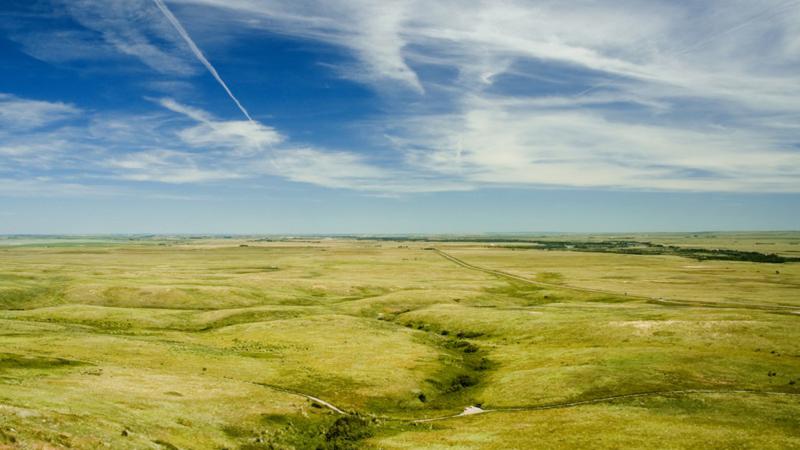
Intense short-term drought is harder on grasslands than previously thought
A global study is shedding new light on how the increasingly common drought patterns affect ecosystems.
Intense short-term drought driven by climate change is likely to have a much worse effect on the world’s grasslands than previously thought, according to University of Alberta (U of A) researchers involved in an international study.
Researchers replicated drought conditions on grasslands and shrublands for one year at locations in Africa, Asia, Australia, Europe, North America and South America. This resulted in a 60 per cent greater loss in plant growth, compared with more common historical droughts.
The grassland and shrubland ecosystems often have low and variable rainfall, making them vulnerable to climate change. At the same time, they store more than 30 per cent of the world’s carbon stocks.


